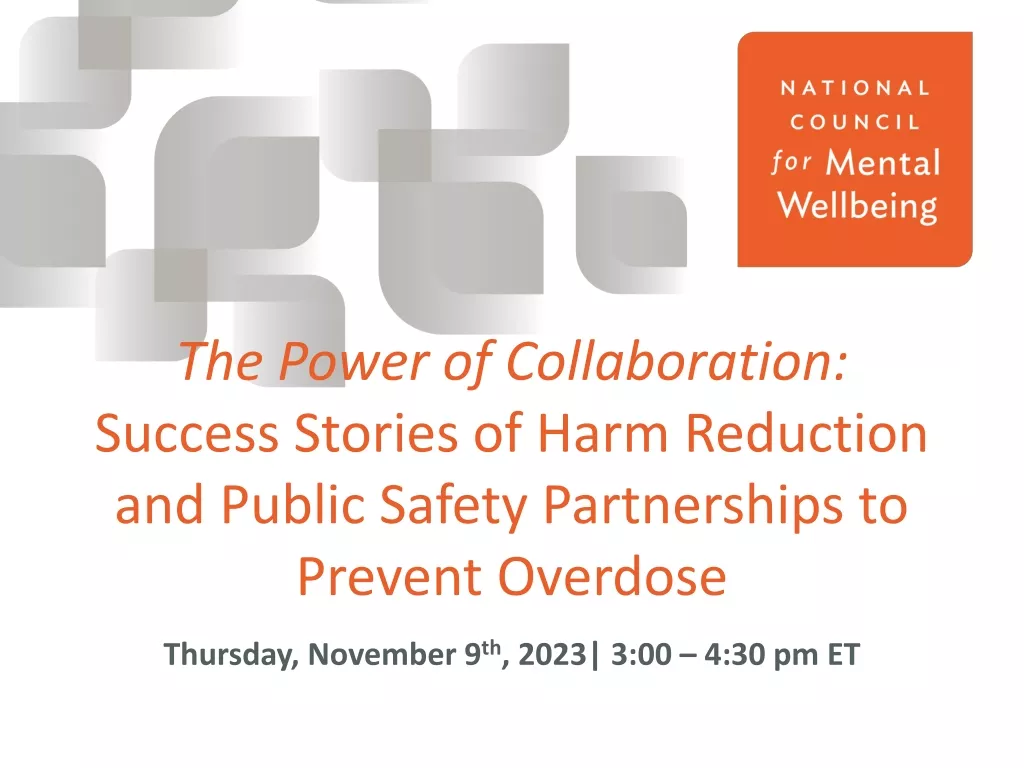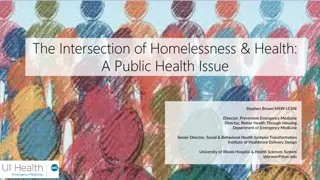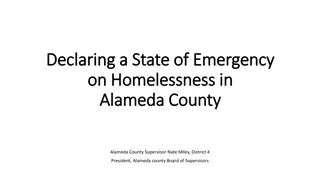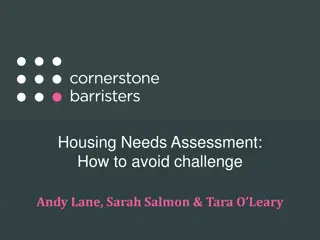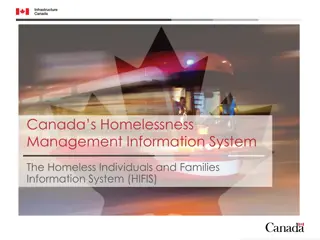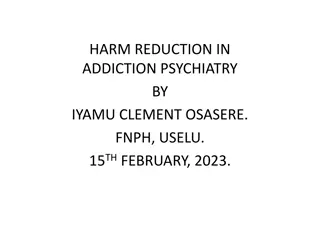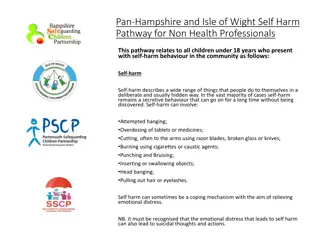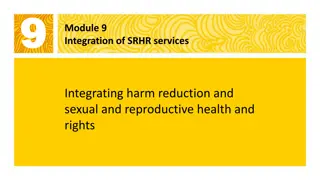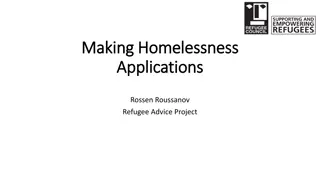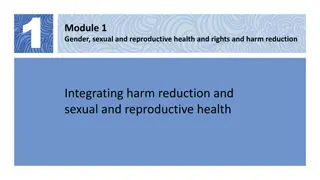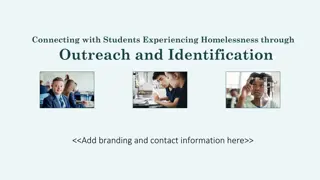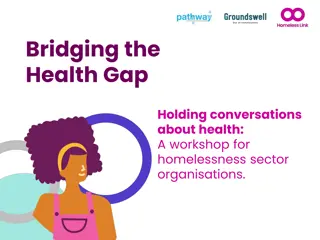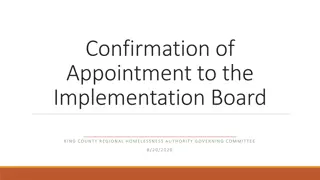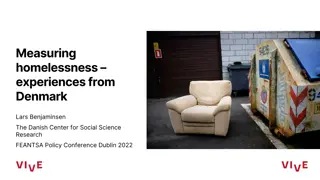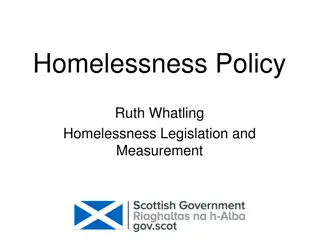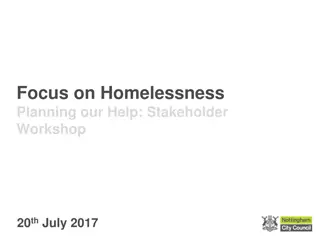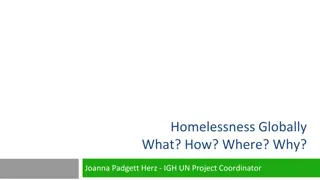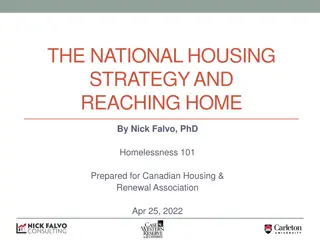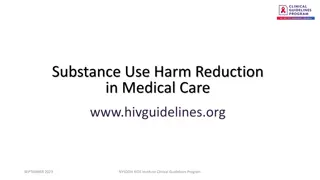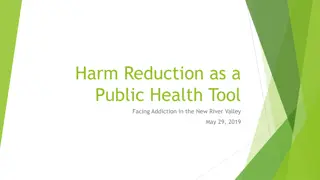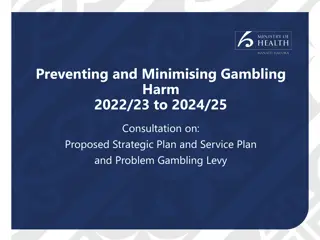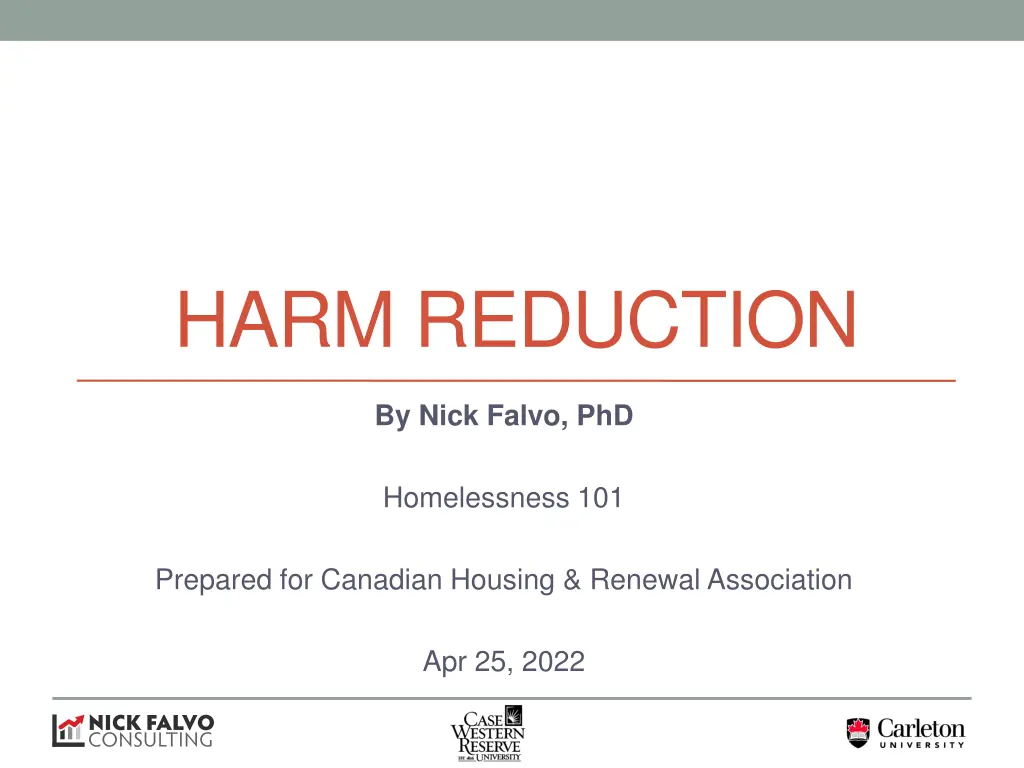
Understanding Harm Reduction Strategies for Substance Use
Explore harm reduction strategies to minimize the negative impacts of drug use without demanding complete abstinence. Delve into supervised consumption, trauma factors, challenges in emergency shelters, and more.
Download Presentation

Please find below an Image/Link to download the presentation.
The content on the website is provided AS IS for your information and personal use only. It may not be sold, licensed, or shared on other websites without obtaining consent from the author. If you encounter any issues during the download, it is possible that the publisher has removed the file from their server.
You are allowed to download the files provided on this website for personal or commercial use, subject to the condition that they are used lawfully. All files are the property of their respective owners.
The content on the website is provided AS IS for your information and personal use only. It may not be sold, licensed, or shared on other websites without obtaining consent from the author.
E N D
Presentation Transcript
HARM REDUCTION By Nick Falvo, PhD Homelessness 101 Prepared for Canadian Housing & Renewal Association Apr 25, 2022
Overview Definition Supervised consumption Trauma BC Housing Emergency shelters Overdose crisis Evidence
Definition Harm reduction focuses on reducing harm caused by drug use without requiring total abstinence. Harm reduction approaches include the distribution of condoms, clean syringes and safe inhalation kits.
Question Why do people use illicit substances?
Trauma Traumatic events are an important factor leading people to use drugs. A 2015 Winnipeg study among persons experiencing homelessness asked what factors made them more likely to be a person who uses drugs (PWUD).
Trauma (contd) Traumatic events, especially residential school history, were found to be one of the most important factors. Other factors identified in the study as leading a person to use drugs included mental and physical health problems (i.e., people self-medicate).
Shelters Historically, it s been challenging for staff in emergency shelters to properly engage with people who use drugs, largely because on-site use of illicit substances is prohibited. To put it bluntly, staff have often given out supplies but forbid the on-site use of drugs.
Shelters (contd) A 2018 study, by University of Victoria researchers found it s very challenging for staff in emergency shelters to properly engage with PWUD, since on-site use of illicit substances is typically prohibited.
Shelters (contd) Shelter washrooms can therefore become de facto unsupervised consumption sites (p. 87).
Evidence There is solid evidence supporting the view that harm reduction approaches: reduce risk-taking behaviour; reduce the risk of transmission of blood-borne diseases; prevent overdoses; reduce crime; and increase contact with other supports (including healthcare supports).
Supervised consumption services Supervised consumption services are one form of harm reduction. Supervised consumption services (SCS) consist of providing a safe, hygienic environment in which people can use drugs with sterile equipment under the supervision of trained staff or volunteers.
Supervised consumption services (contd) As of February 2019, 28 supervised consumption services sites were operating under an exemption from Canada s federal government. Supervised consumption services have proven to be very effective in Alberta. During 2018 alone, Calgary s supervised consumption site saw nearly 52,000 visits, resulting in more than 700 overdose reversals.
BC Housing BC Housing tries to have some supervised consumption services in all of its supportive housing. Staff do not directly supervise the use of illicit substances. However, the use often takes place near the staffing area, and there are cameras in common areas.
BC Housing (contd) Staff are aware who s gone into a space to use. Staff are around and aware when someone s gone into a room to use; staff are on site 24-7. If they haven t come out of the room in 10 min s, they ll get checked on by staff.
BC Housing (contd) Also, in response to the opioid crisis, in all BC Housing funded supportive housing bldgs with 24/7 staffing, the staff are now required to implement regular health and wellness checks of residents. This includes the requirement to conduct unit checks when a resident has not been seen or heard from for at least 48 hours. This policy is now included in the operating agreements, making wellness checks a contractual obligation.
Thank you We ve covered a lot of ground here. What s on your mind?

